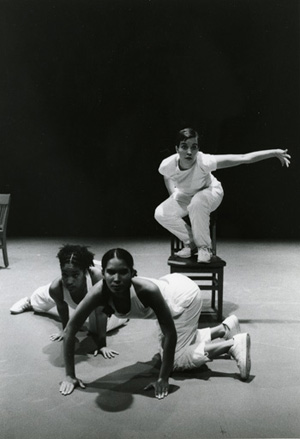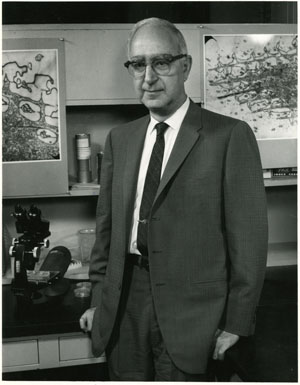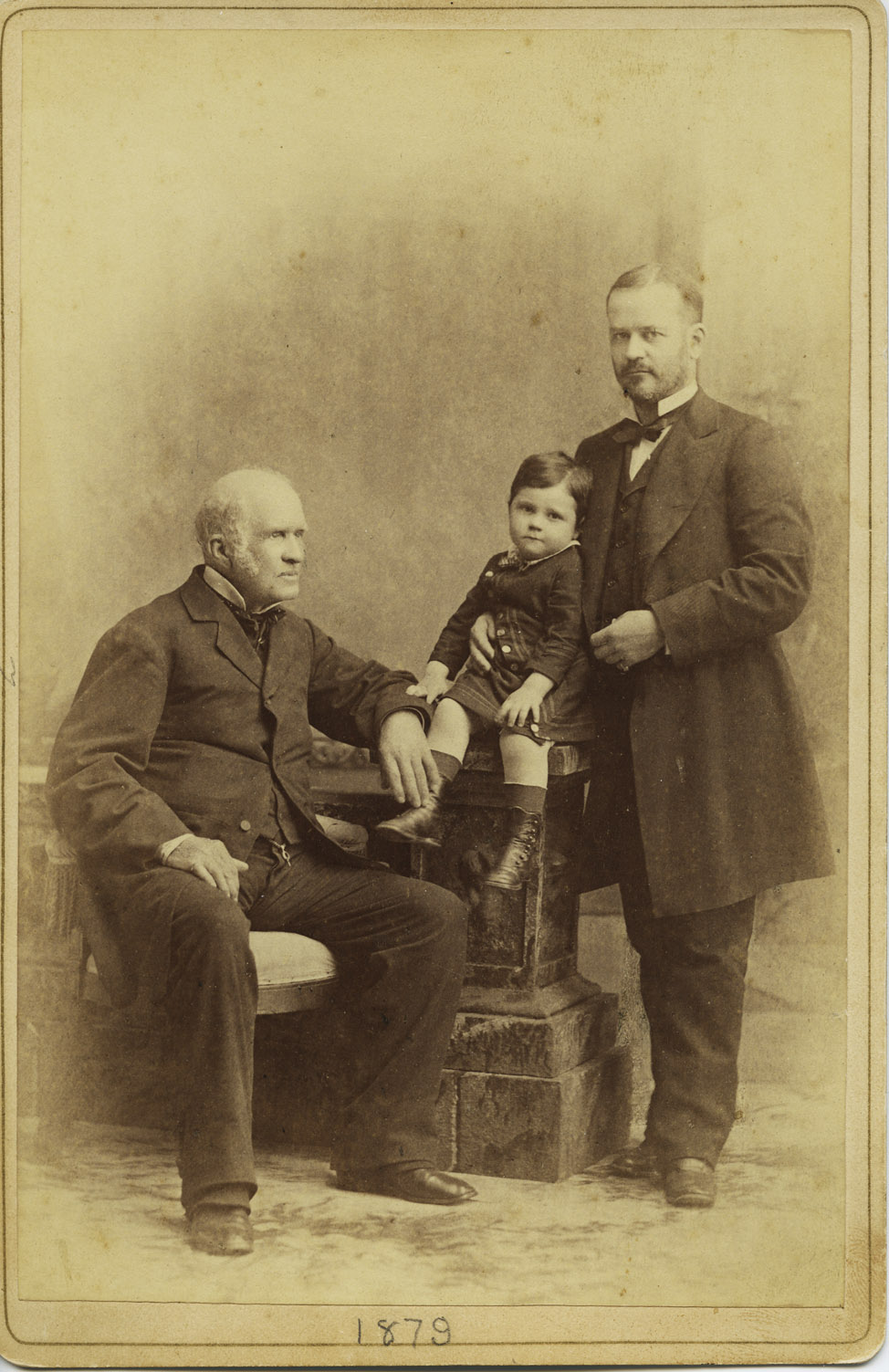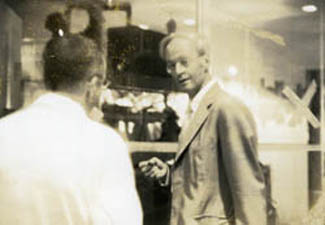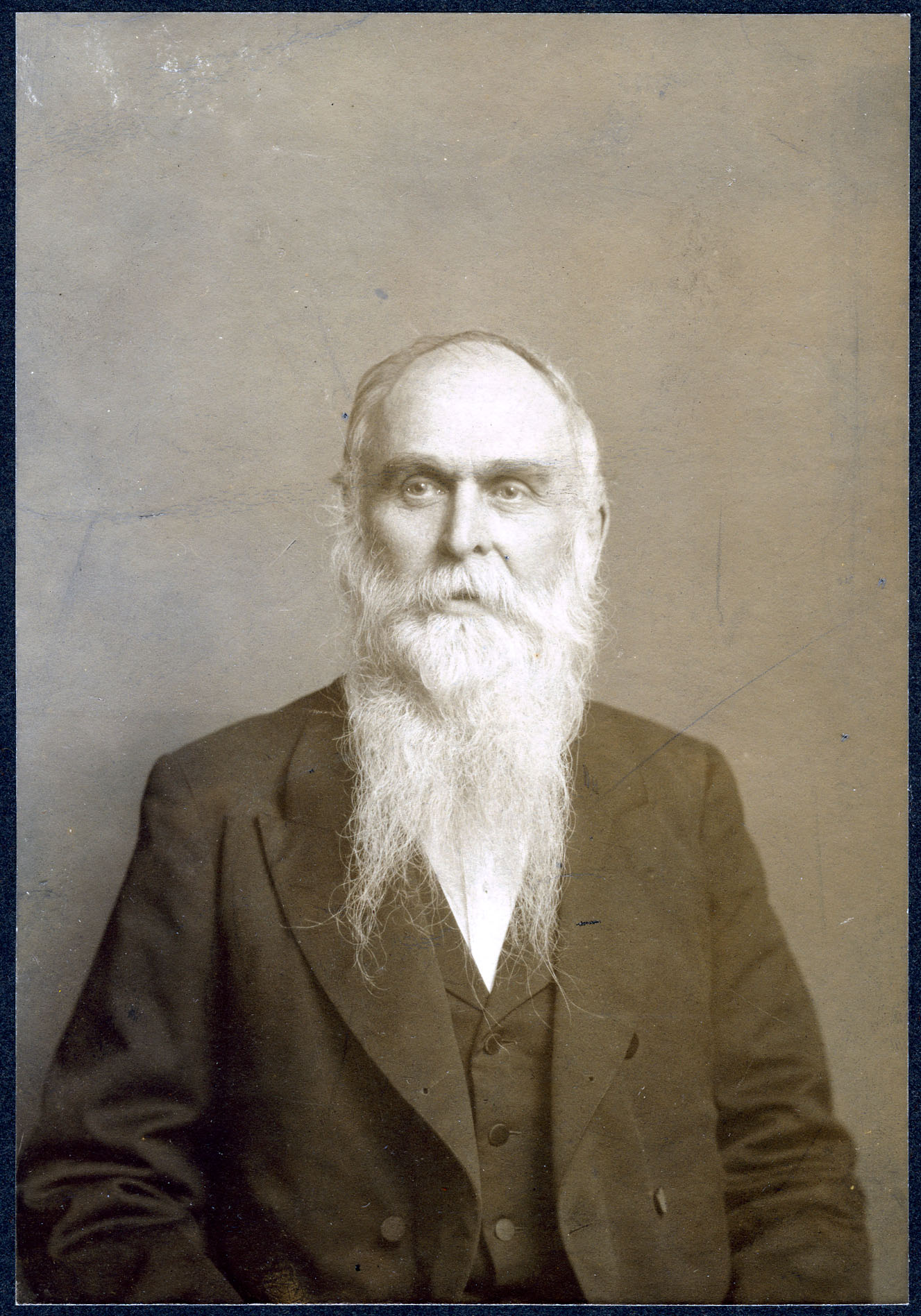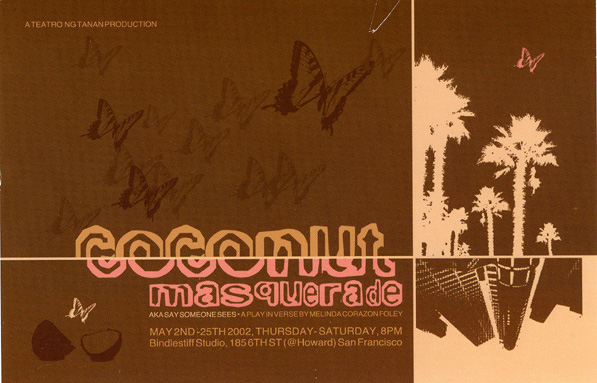Barbara Rotundo Photograph Collection
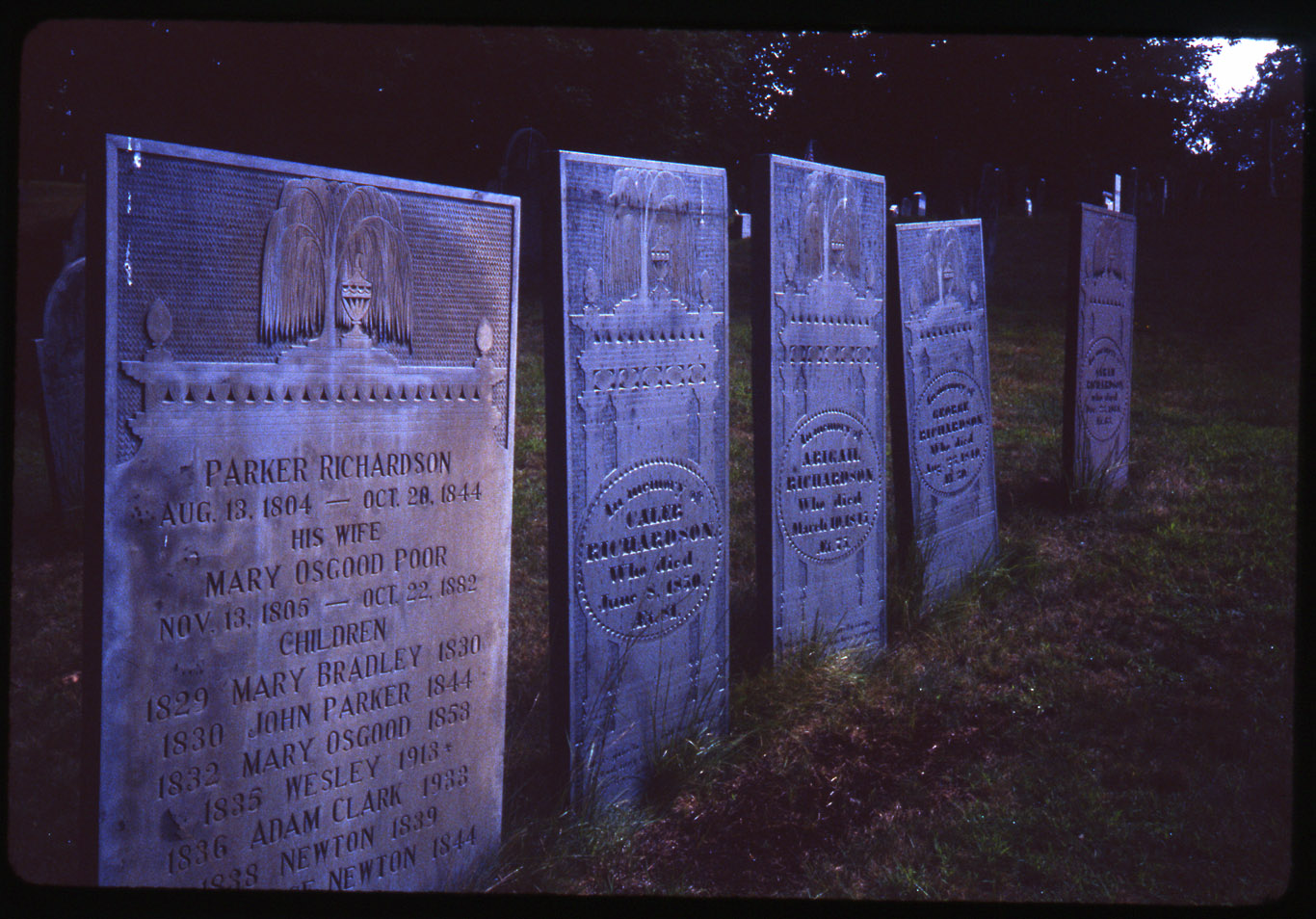
A long-time member of the English Department at the University of Albany, Barbara Rotundo was a 1942 graduate in economics at Mount Holyoke College. After the death of her husband, Joseph in 1953, Rotundo became one of the first female faculty members at Union College, and after earning a master’s degree in English at Cornell University and a doctorate in American Literature from Syracuse University, she served as an associate professor of English at the University of Albany, where she founded one of the first university writing programs in the United States. Avocationally, she was a stalwart member of the Association for Gravestone Studies, helping to broaden its scope beyond its the Colonial period to include the Victorian era. Her research included the rural cemetery movement, Mount Auburn Cemetery, white bronze (zinc) markers, and ethnic folk gravestones. Her research in these fields was presented on dozens of occasions to annual meetings of AGS, the American Culture Association, and The Pioneer America Society. In 1989, after residing in Schenectady for forty-six years, she retired to Belmont, NH, where she died in December 2004.
Consisting primarily of thousands of color slides (most digitized) and related research notebooks, the Rotundo collection is a major visual record of Victorian grave markers in the United States. The notebooks and slides are arranged by state, with an emphasis on the eastern states, and white bronze (zinc) markers also are represented in photographs and a separate research notebook. The collection also includes several rare or privately published books.

